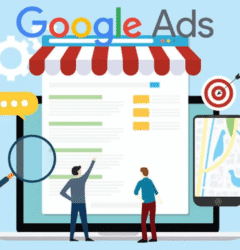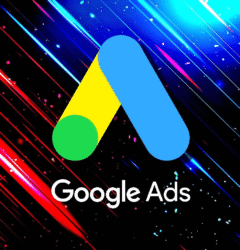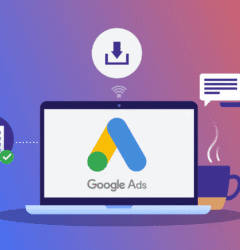In today’s digital world, businesses are operating in an environment where their online presence dictates their visibility, credibility, and growth. A company’s website is the most important aspect of that online presence, as it is likely a potential customer’s first introduction to the business. Website design is about more than a creative combination of colors and design components: it is about building a strategic platform that articulates the brand’s values, elevates usability within the user experience and serves a marketing purpose. This is true whether we are talking about any type of digital marketing activity, including (but not limited exclusively to), search engine optimization (SEO), social media marketing, or pay-per-click advertising, they all share in common the same goal: return the user to the company’s website. If the website’s design doesn’t meet usability, speed, and engagement standards all of the time and money spent on digital marketing will be wasted.A website with good structure will help to successfully connect marketing and user experience. Users should be able to engage with the website intuitively, navigate easily, and find an appropriate reflection of the company and its online branding. By contrast – a poorly structured website can lead to increased bounce rates, lower trust, and ultimately, fewer conversions. Even search engines will rank a website poorly due to poor design. So, web design has an immediate impact on visibility in the digital space. Each channel of digital marketing, whether organic traffic, or paid, is dependent on the build of the website, as well as the upkeep of that build.
User experience and engagement
A user-friendly design allows visitors to access information, check the products or services they want, and move quickly and easily through the sales funnel. Having clear navigation, consistent page layouts, and readable text all contribute to an overall positive user experience. When users like using your site and can find the information they need relatively easily, they will stay on the site longer to continue exploring. Ultimately, they are more likely to arrive at the ultimate desired action or outcome. Engagement is also driven by the emotional reaction the design creates. A professional, consistently designed web page will build trust in the brand, while dated, unevenly designed webpages will create distrust.
Website design and SEO
SEO is one of the most essential aspects of digital marketing, and the structure of a website is integral to its success. Search engines evaluate websites based on site speed, mobile usability, and navigating the site and if those factors are negatively impacted by a site design, then SEO rankings will be negatively impacted, making it more difficult to find the brand by potential customers. A design also supports how content will be presented. Well-organized layouts allow search engines to crawl and index the information efficiently and this will also support visibility.
Branding consistency and trust
A website is among the most effective means of reinforcing an online brand. The visual design should always support the brand’s identity, through colors, fonts, and message. When a user interacts with a cohesive brand, they strengthen their recognition of and trust in the business. Ineffective branding, inconsistent branding, or poorly measured branding will confuse the audience and weaken the credibility of digital marketing efforts. Trust is a key component of the customer journey. Users will engage and purchase from a business more often when they experience a trustworthy and professional business. The visual website reinforces this credibility, assuring customers that they are interacting with a legitimate, trustworthy company. A website works best to promote a business when it successfully weaves all of the branding elements together.
Content presentation and readability
Digital marketing is typically centered on providing content for users to read and learn from. Blog posts, text on landing page, and product descriptions are all examples of content types, and if we think about content, how it is designed and presented will absolutely affect user engagement. A well-designed page means that each text block is readable, images are correctly separated and positioned, and that any multimedia components or content help convey a message versus distract from the meaning of the content. Having content be easy to read helps readers to read for longer, consume more content, and read or consume content in a manner that supports SEO metrics like dwell time. Good content presentation supports engagement in a different way as well: it helps the user to take in the important content we want to communicate to the end user, which is driven in most cases by whatever marketing channel brings the user to your content. If that content does not have thoughtful design to highlight it and presents to help organize all of the content in a cohesive way, even the best content may be missed.
Conclusion
Website design is a tactical component that determines the success of digital marketing campaigns. The design affects everything from user experience and search engine optimization to mobile device responsiveness and consistency in brand voice , and all of these facets of design help to explore marketing messages and if they take shape into outcomes. A website that aligns with your marketing strategy to engage, assist in conversions and create everlasting trust with customers.








